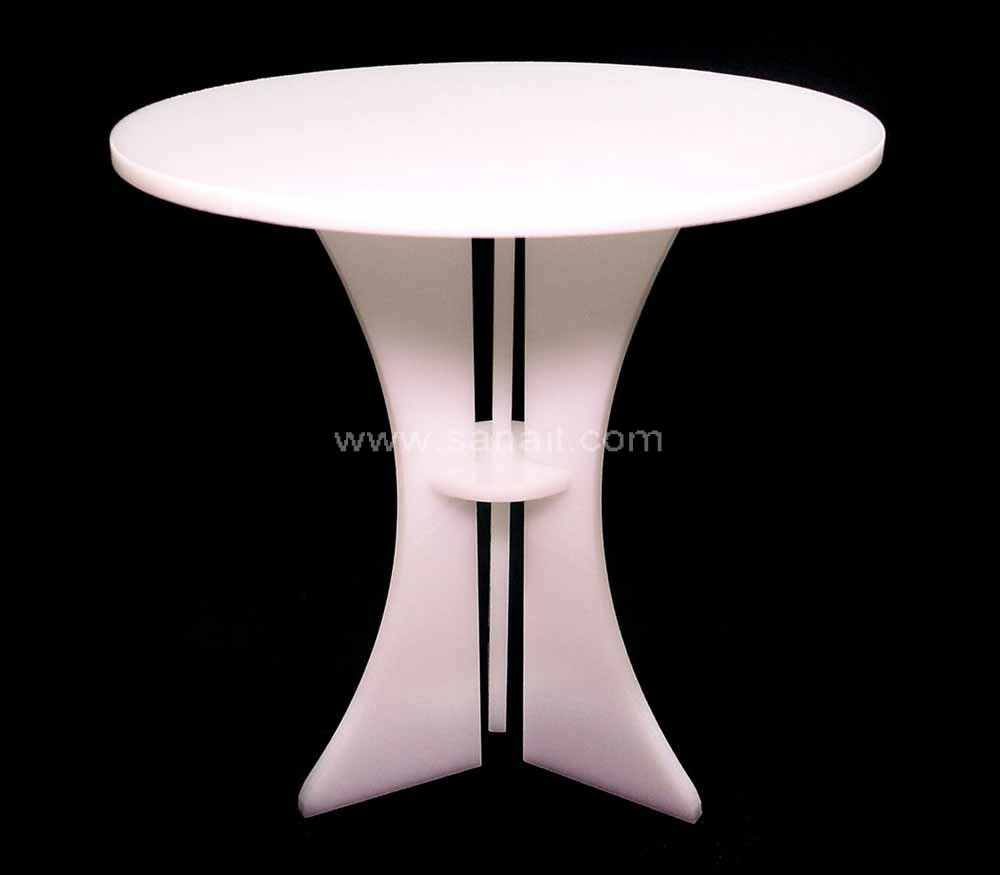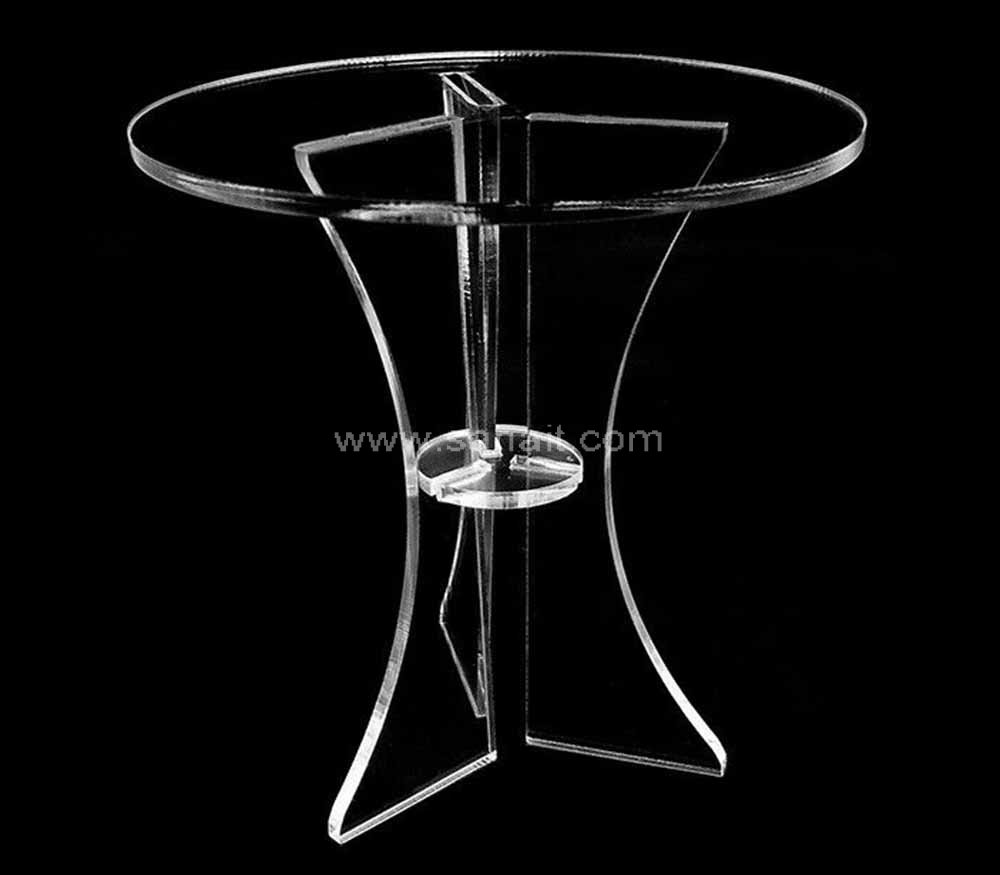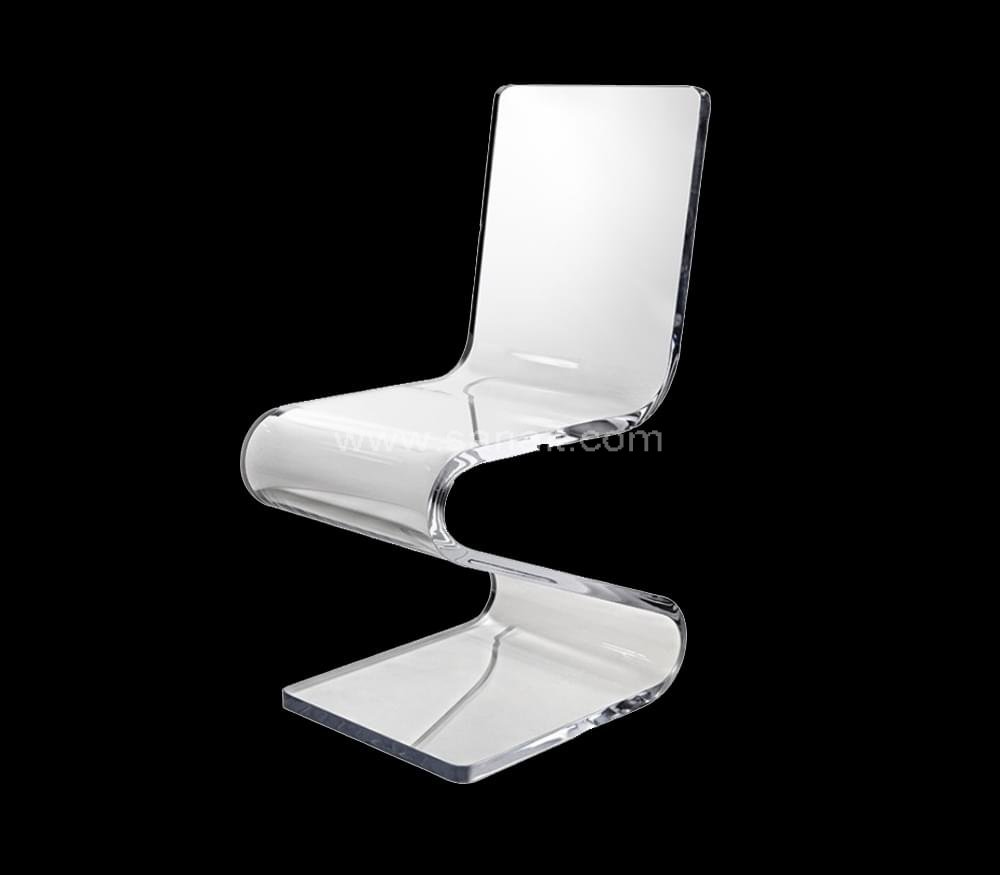In the realm of modern interior design, the use of acrylic furniture has gained significant popularity due to its unique combination of aesthetic appeal, durability, and practicality. Acrylic, also known as plexiglass or lucite, is a versatile material that has revolutionized the way we approach furniture design. This article explores the role of acrylic furniture in contemporary home design and highlights its distinguishing features compared to traditional materials.



Aesthetic Appeal
One of the most striking features of acrylic furniture is its aesthetic allure. The transparent nature of acrylic imparts a sense of openness and lightness to a space, making it particularly well-suited for smaller rooms or spaces where you want to maintain a sense of airiness. Acrylic furniture pieces create a sense of visual continuity, allowing them to blend seamlessly with various design styles, from minimalist to eclectic.
The transparent quality of acrylic also enables it to adapt to a multitude of color palettes and textures. This adaptability allows designers and homeowners to experiment with different combinations, resulting in a harmonious and visually engaging environment. Furthermore, the sleek and modern appearance of acrylic furniture adds a touch of contemporary elegance to any interior, making it a staple in modern design schemes.
Durability
Beyond its aesthetic appeal, acrylic furniture boasts impressive durability. This material is highly resistant to impact and shattering, making it an ideal choice for households with children or pets. Unlike traditional glass, acrylic is less prone to breakage, reducing the risk of accidents and injuries. This resilience also extends to its ability to withstand harsh weather conditions, making acrylic furniture suitable for both indoor and outdoor settings.
The robustness of acrylic furniture contributes to its longevity, allowing it to retain its pristine appearance over time. The material is less susceptible to scratches and other forms of wear and tear commonly associated with wood or metal furniture. This makes acrylic furniture a practical investment that can maintain its allure with minimal maintenance.
Practicality
In addition to its aesthetic and durability benefits, acrylic furniture offers practical advantages that are essential for modern living. Its lightweight nature facilitates easy rearrangement and reconfiguration of furniture layouts, enabling homeowners to adapt their spaces to evolving needs. Moreover, the transparency of acrylic furniture can create an illusion of more space, making it an excellent choice for optimizing the layout of compact living areas.
Cleaning and maintaining acrylic furniture are straightforward tasks, requiring only mild soap and water. Unlike certain wood finishes that demand specific treatments, acrylic furniture’s simplicity in care aligns with the demands of modern, fast-paced lifestyles.
Contrast with Traditional Materials
While acrylic furniture brings a host of unique qualities to modern interior design, its differences from traditional materials are notable. Unlike wood, acrylic is not susceptible to warping, rot, or insect damage, making it an excellent choice for humid environments. In comparison to metal, acrylic is not prone to rust or corrosion, allowing it to maintain its original appearance in various settings.
The growing popularity of acrylic furniture in modern home design is a testament to its multifaceted benefits. From its elegant aesthetic appeal to its remarkable durability and practicality, acrylic furniture stands as a versatile option that complements various design styles. Its distinct features set it apart from traditional materials, ensuring that acrylic furniture remains a prominent choice for forward-thinking designers and homeowners seeking to create inviting and functional living spaces.
